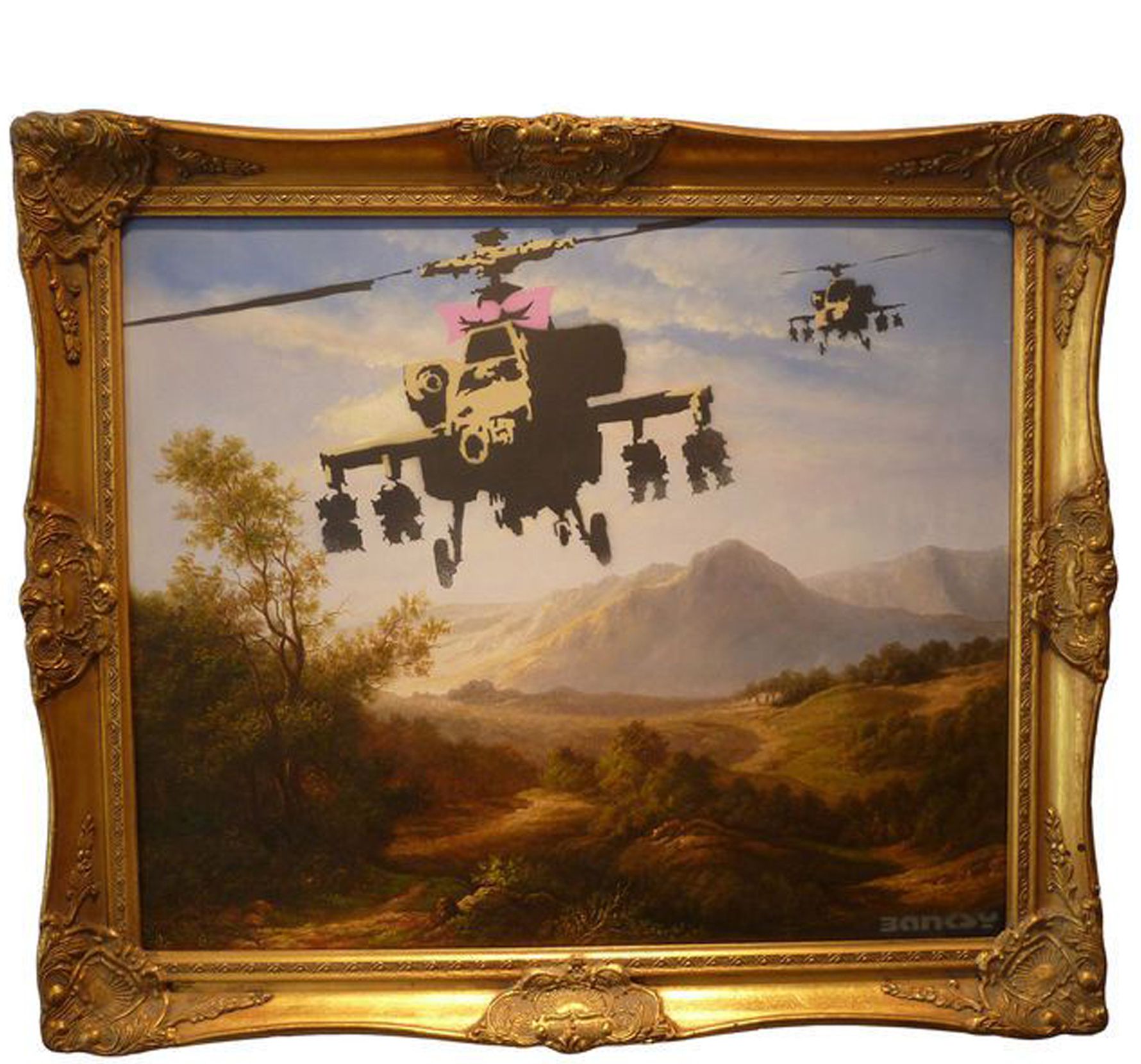“Cambodian officials documented that the two 10th-century Khmer statues, donated to the Met in four pieces as separate gifts between 1987 and 1992, had indeed been smuggled out of a remote jungle temple around the time of the country’s civil war in the 1970s…. This is a case in which additional information regarding the Kneeling Attendants has led the museum to consider facts that were not known at the time of the acquisition.” —New York Times, May 4, 2013
The Metropolitan Museum of Art would like to stress that, when we were crouching in a fierce monsoon outside the Kho Ker temple in the deepest Cambodian jungle, applying a concrete saw and dynamite to the base of the Kneeling Attendant statues, it wasn’t known that they weren’t being donated, per se.
When we say not known, we mean it also wasn’t known that this wasn’t the case. It was unclear. We just had to keep blasting and sawing. You can’t know everything—there are gray areas.
But now, looking back, in all honesty, the amount of time it took to decimate the sacred artifacts to the point where we could airlift the best parts out of the jungle in a covert 5 a.m. transport maneuver disguised as a training exercise did not square with what most Americans understand as the concept of “gift.”
The way we bundled the statues into burlap sacks and hid them in the hold of the helicopter in a giant vat of industrial-strength abrasive cleanser also doesn’t seem, in retrospect, like the normal manner of handling “gifts.”
Our quiet behavior at Customs likewise isn’t completely commensurate with the belief that Cambodia had freely given the statues as a donation. We kept quiet for the simple reason that they might have given them as a donation. It wasn’t known—at least, not for absolutely sure.
Likewise, it was not known the statues were all that special to the Cambodian people. They were special enough to the institution that we transported them immediately under cover of night to our prestigious atrium near where most of the treasures of Egypt sit in the same partially donated situation—we are meaning to call them—a reconsideration is possible there, too—but we didn’t think the statues meant anything to them. The statues sat right outside of a temple, but a lot of things sit outside of temples over there. There are sad little dogs, discarded grenade shells, pampas grass. Are we supposed to know which among these items is so quote-unquote valuable? In a way we had a hunch and hence the immediate and secretive transfer of the statues to our venerable museum. But we didn’t know know.
Along those lines, it wasn’t until our experts gave the statues a good going-over that we knew we had unimaginably valuable, precious objects in our possession. “Surprised” doesn’t begin to describe it. It’s taken us all these decades to understand, with the persistent help of the Cambodian government, that the statues are more than just nice objects for our museum. They are precious to other people. We grant that, looking back, facts do fall into place and make a certain sense. We are currently making arrangements for the swift transfer of these statues back to that grim jungle if the Cambodian government maintains its interest, now that all the facts are known.



